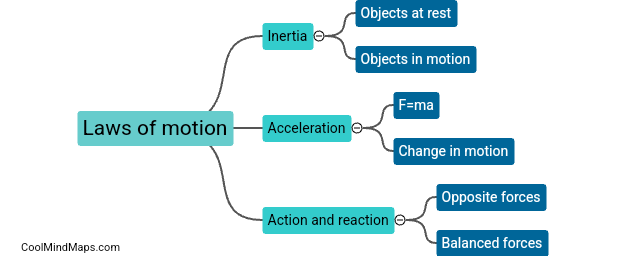What is the difference between passive and active transport?
Passive transport and active transport are two distinct mechanisms through which substances move across membranes in biological systems. Passive transport does not require the use of energy and relies on the movement of molecules from an area of high concentration to an area of low concentration, following the concentration gradient. Examples of passive transport include diffusion and osmosis. On the other hand, active transport requires the use of energy, usually in the form of ATP, to move molecules against their concentration gradient, from an area of low concentration to an area of high concentration. This process allows cells to maintain specific internal environments and is essential for various cellular functions.

This mind map was published on 29 July 2024 and has been viewed 48 times.











